Then and now
COVID-19. ‘Those who cannot remember the past are condemned to repeat it.’ George Santayana, ‘The Life of Reason’ 1905.
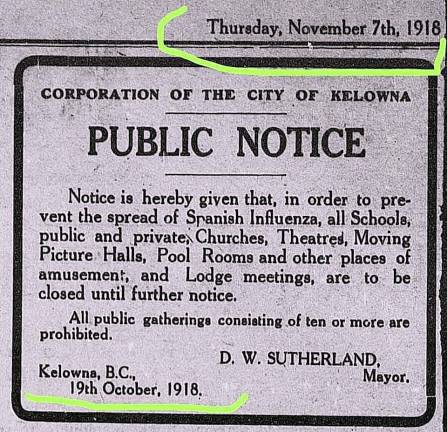
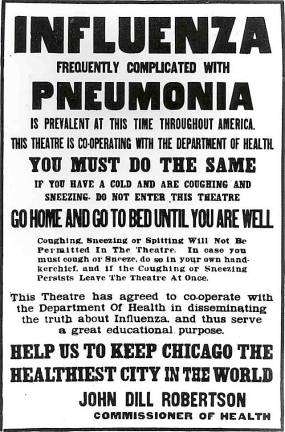
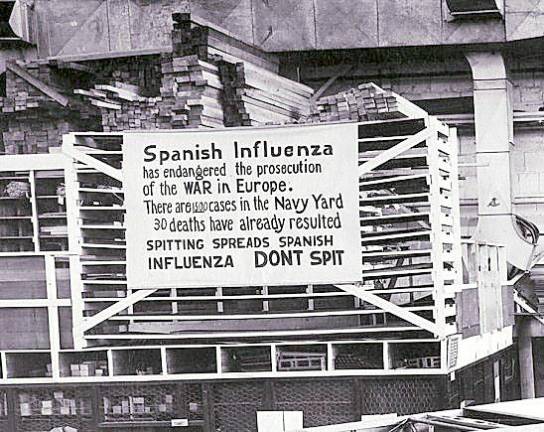
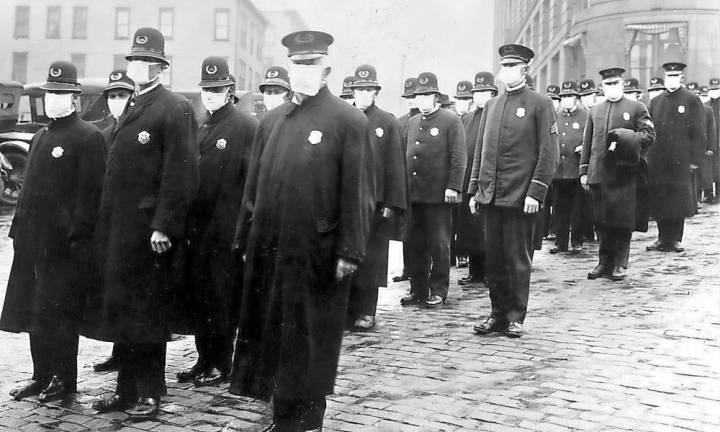
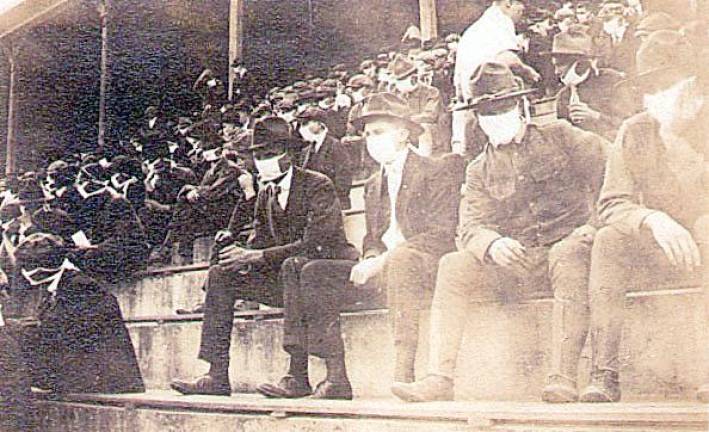
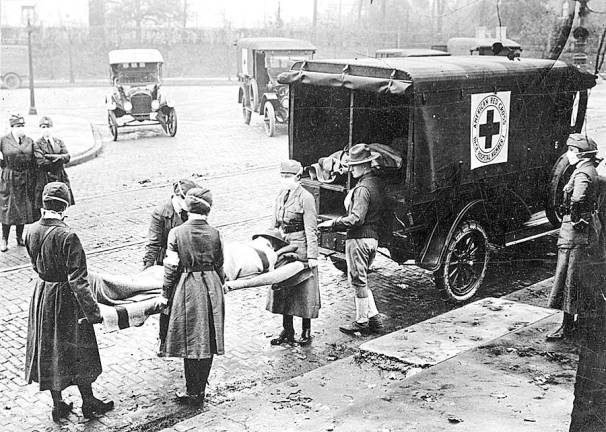
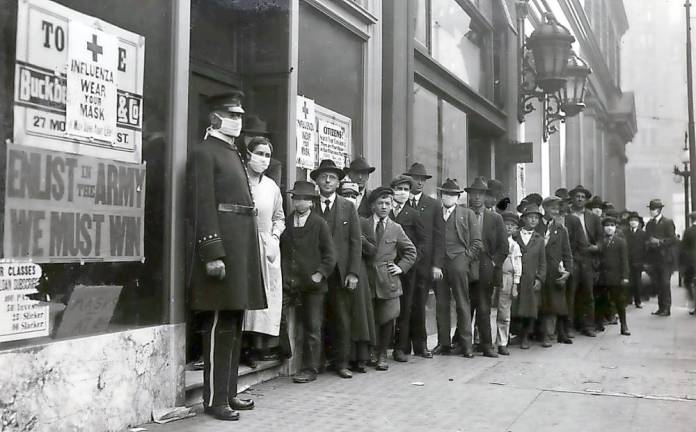
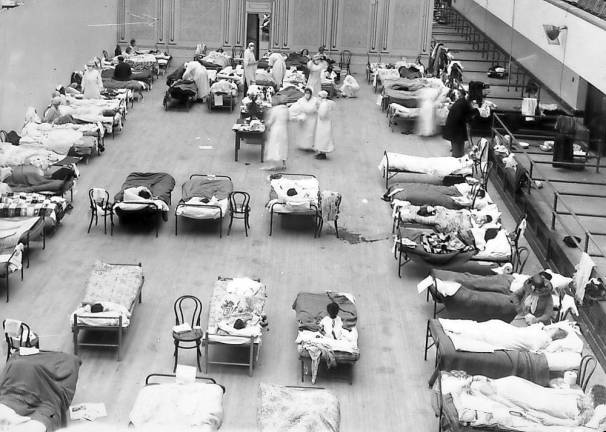
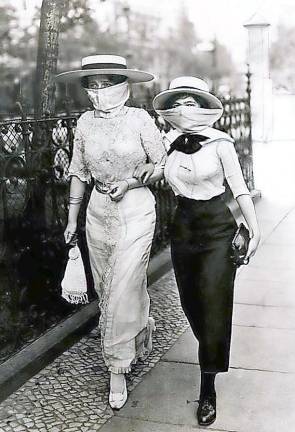
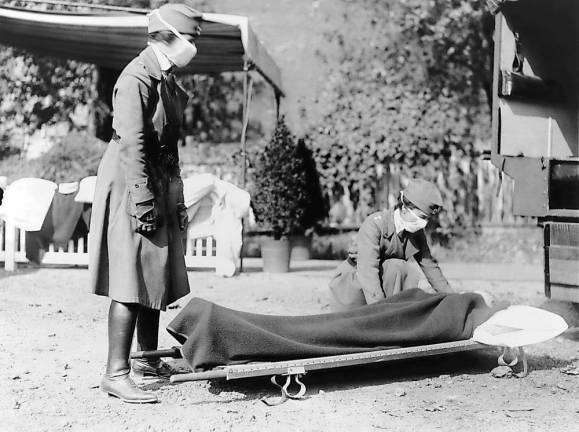
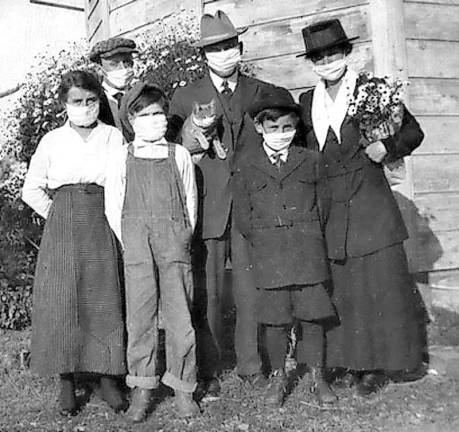
Schools, churches, theaters, pool rooms and other places of amusement were closed.
People were asked to cover their faces with masks, and then waited on long lines to purchase them.
Businesses posted signs saying: “If you have a cold ... Go home and go to bed until you are well.”
Hospitals were overwhelmed, necessitating the transformation of large municipal offices to be converted to temporary wards.
With no vaccine, control efforts were limited to isolation, quarantine, good personal hygiene, use of disinfectants and limited public gatherings.
If these incidents seem familiar, they are. This is how the Center for Disease Control and Prevention, describes the Spanish Flu pandemic more than a century ago.
“The 1918 influenza pandemic was the most severe pandemic in recent history,” the CDC says in its web page. “It was caused by an H1N1 virus with genes of avian origin. Although there is not universal consensus regarding where the virus originated, it spread worldwide during 1918-1919. In the United States, it was first identified in military personnel in spring 1918. It is estimated that about 500 million people or one-third of the world’s population became infected with this virus. The number of deaths was estimated to be at least 50 million worldwide with about 675,000 occurring in the United States.
“Mortality was high in people younger than 5 years old, 20-40 years old, and 65 years and older. The high mortality in healthy people, including those in the 20-40 year age group, was a unique feature of this pandemic.
While the 1918 H1N1 virus has been synthesized and evaluated, the properties that made it so devastating are not well understood. With no vaccine to protect against influenza infection and no antibiotics to treat secondary bacterial infections that can be associated with influenza infections, control efforts worldwide were limited to non-pharmaceutical interventions such as isolation, quarantine, good personal hygiene, use of disinfectants, and limitations of public gatherings, which were applied unevenly.”
More on the 1918 flu pandemic can be found at: cdc.gov/flu/pandemic-resources.
The photos that accompany this story are all in the public domain, with many from the National Archives and Library of Congress.